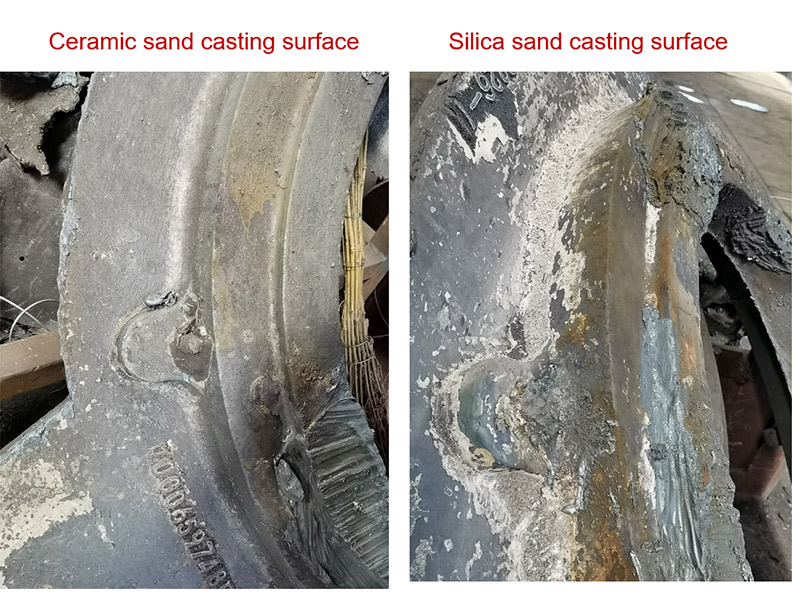Is Sand Casting Expensive?
Sand casting is a traditional manufacturing process that has been used for centuries to create metal parts and products. With its roots deeply embedded in the history of metallurgy, this method has evolved over time, leveraging modern materials and technologies. However, a common question arises among manufacturers and hobbyists alike Is sand casting expensive? The answer to this question is multi-faceted and can depend on several factors, including raw materials, production scale, labor costs, and the specific requirements of the casting project.
Raw Materials Costs
The primary materials used in sand casting are sand, metal, and binders. The cost of silica sand is relatively low compared to more specialized materials used in other casting processes, such as investment casting. However, the price can fluctuate based on market demand and availability. Metals used in sand casting, such as aluminum, iron, and bronze, can vary significantly in price. Copper alloys, for example, tend to be more expensive than aluminum. Thus, the choice of metal not only impacts the quality of the final product but also its cost.
Additionally, binders used to hold the sand together, particularly in creating molds, can add to the overall material expenses. Using higher-quality binders can improve the mold's integrity but can also significantly increase costs. Therefore, when evaluating the expenses associated with sand casting, it is essential to consider the types and amounts of materials required for a specific project.
Labor Costs
Labor costs play a crucial role in the overall expense of sand casting. While sand casting is often seen as a less skilled process compared to precision methods, it still requires significant expertise, especially in creating accurate molds and managing the pouring of molten metal. Skilled labor is essential for ensuring quality output and reducing defects, which can be costly in terms of time and material waste.
Furthermore, the scale of production can influence labor costs. Producing a single mold for a custom part may require intensive labor, while high-volume productions can benefit from economies of scale, where the fixed costs are spread out over a larger number of units. As such, for large-scale production runs, the unit cost of each casting can become much lower, making sand casting a cost-effective option compared to more specialized techniques.
is sand casting expensive

Initial Setup Costs
Another aspect of the cost analysis is the initial setup costs associated with sand casting. Setting up a sand casting operation may require investment in equipment such as mold-making machines, sand mixers, and melting furnaces. If a company decides to invest in automation, the upfront costs could rise significantly, although this may lead to reduced labor costs in the long run.
For smaller businesses or hobbyists, the initial financial outlay can be prohibitive. However, it is worth noting that small-scale sand casting can still be performed with minimal investment by using DIY methods and basic tools. This makes sand casting accessible for prototyping and small projects.
Quality and Customization
The final factor to consider when evaluating the cost of sand casting is the quality and customization of the final product. Sand casting allows for a high level of customization, which can be particularly beneficial for unique or specialized components. However, higher levels of customization, intricate designs, or tight tolerances may necessitate additional time and resources, increasing costs.
On the other hand, if the application allows for simpler designs, sand casting may prove to be an economical choice with lower production costs. Companies often need to balance the needs for quality and customization against their budget constraints.
Conclusion
In conclusion, whether sand casting is expensive depends on various factors, including material choices, labor costs, production scale, and product specifications. While raw materials and skilled labor can drive up costs, the efficiency achieved through high-volume production can mitigate expenses. Moreover, for small-scale operations or hobby projects, the initial investment may not be prohibitive. Ultimately, understanding the specific requirements of a casting project will provide a clearer picture of the costs involved, helping businesses and individuals make informed decisions about using sand casting as a manufacturing method.
Post time:Nov . 09, 2024 02:18
Next:Sand Utilization Techniques in Foundry Processes and Applications
